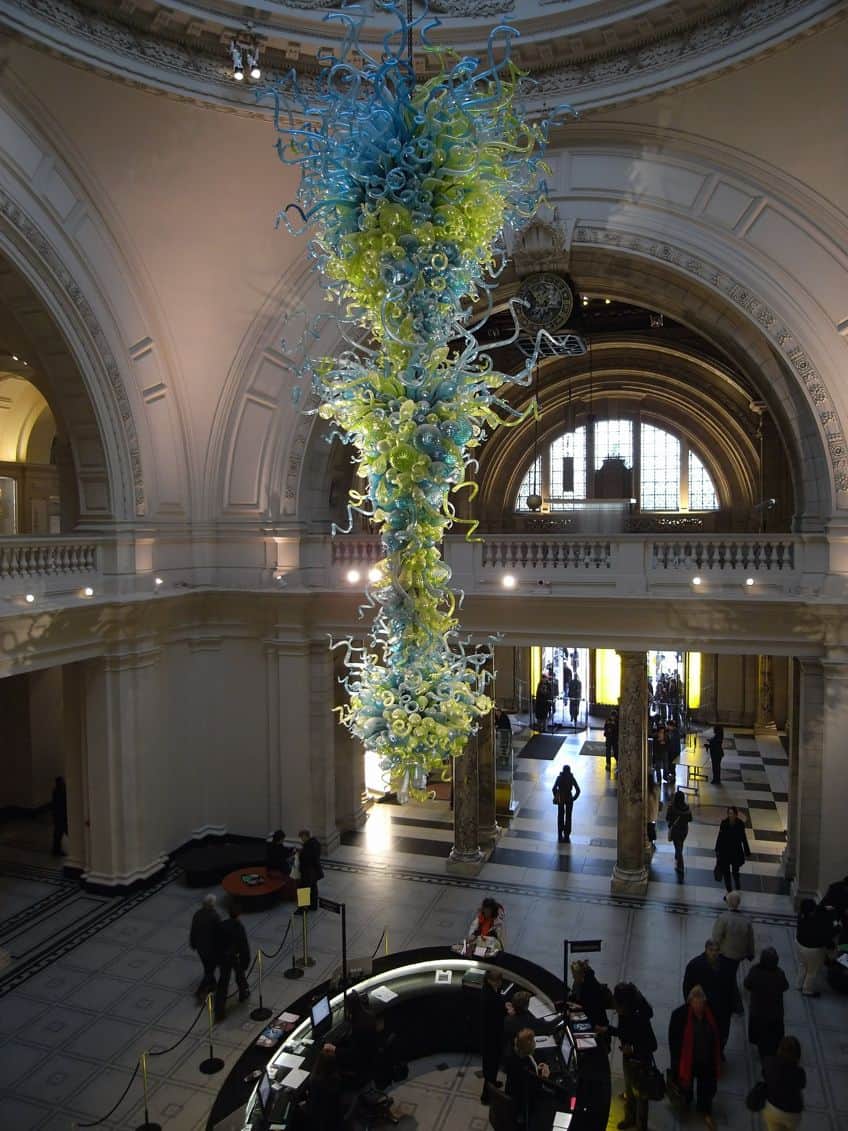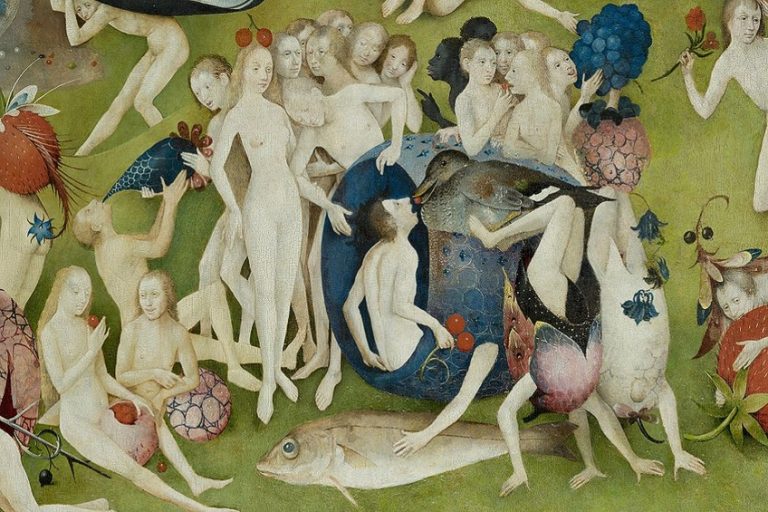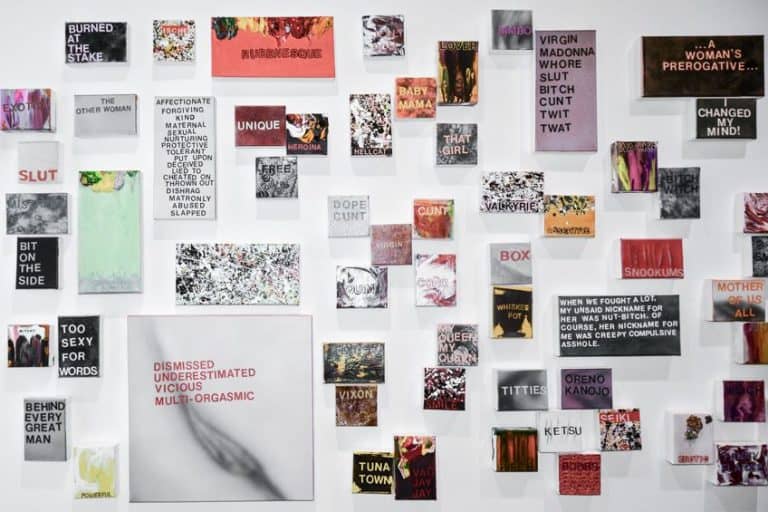Dale Chihuly – Exploring the Great Glass Artist
Famous glass artist Dale Chihuly’s artworks, which are typically displayed in elaborate and dynamic public installations, have sparked renewed interest in the medium. Glass artist Chihuly’s sculptures are renowned for moving the medium into the realms of large-scale sculptural works. Let’s find out more about Dale Chihuly’s life and work in the article below!
The Life and Art of Dale Chihuly
| Artist Full Name | Dale Patrick Chihuly |
| Nationality | American |
| Date of Birth | 20 September 1941 |
| Date of Death | Present |
| Place of Birth | Tacoma, Washington, United States |
Famous glass artist Chihuly is well-known for reinventing the realm of glass art and bringing it to the level of fine art. His art incorporates organic forms, bright colors, and elaborate patterns, and he is well-known for producing large-scale works that may occupy whole rooms. He has also been the focus of countless exhibits across the world, and his works have been shown in a variety of public venues, including gardens and museums.

Early Life
Dale Chihuly was born in the city of Tacoma on the 20th of September, 1941. Viola and George Chihuly were his parents, and Chihuly’s grandfather was born in Slovakia. George, his only sibling, was killed in a Navy aircraft exercise tragedy in Pensacola, Florida in 1956. Chihuly’s father passed away from heart failure two years later, in 1958, at the age of 51. Dale Chihuly had no desire to further his schooling after he graduated in 1959 from Woodrow Wilson High School. Yet, at the advice of his mother, he enlisted at the College of Puget Sound. He then moved to the University of Washington in Seattle the following year later to pursue studies in interior design.
The young Chihuly joined the Delta Kappa Epsilon fraternity in 1961, and in 1962, he discovered the joys of melting and fusing glass.
He then dropped out of university in 1962 to pursue art in Florence. Afterward, he journeyed to the Middle East and met Robert Landsman, an architect. Chihuly was inspired to return to his studies after meeting Landsman and spending time abroad. He enrolled in a weaving class in 1963 and began incorporating glass fragments into tapestries. In 1964, the Seattle Weavers Guild honored him for his workmanship.
Dale Chihuly subsequently acquired his Bachelor of Arts in interior design from the University of Washington in 1965. In 1965, Chihuly started to experiment with glassblowing and was awarded a full scholarship to the University of Wisconsin-Madison in 1966. He was a student of Harvey Littleton, who founded the first glass department in the United States at Wisconsin-Madison University. He then further obtained his Master of Science in sculpting in 1967. Chihuly studied at the Rhode Island School of Design after graduation, where he encountered and befriended Italo Scanga. In 1968, Chihuly received his Master of Fine Arts in Sculpting from RISD. In the same year, Chihuly received a Louis Comfort Tiffany Foundation grant for his glass art.
Chihuly then moved to Venice to work at the Venini workshop on the island of Murano, which is where he first witnessed the collaborative approach to glassblowing. Chihuly returned to the U.S. and taught at Maine’s Haystack Mountain School of Crafts. He visited Europe in 1969, partly to see Jaroslava Brychtová and Stanislav Libensk in Czechoslovakia and Erwin Eisch in Germany. In 1997, the famous glass artist gave a section of a huge installation to his former university, the University of Wisconsin, which is now on public display in the Kohl Center. The institution bestowed upon him an Honorary Doctorate of Fine Arts in 2013.
Career
Dale Chihuly co-founded the Pilchuck Glass School near Stanwood, Washington, in 1971, with the help of Anne Gould Hauberg, John Hauberg, and others. Chihuly was also the creator of the HillTop Artists initiative at both Wilson High School and Hilltop Heritage Middle School. The artist was in England in 1976 when he was engaged in a head-on vehicle accident that sent him straight through the car’s windshield. Glass injured his face and blinded one of his eyes. He proceeded to blow glass after recuperating until he injured his shoulder while bodysurfing in 1979.
He returned to his home Pacific Northwest in 1983 to continue developing his personal works at the Pilchuck Glass School, which he had helped establish in 1971.
He recruited other people for the process since he could no longer handle the glassblowing pipe. In a 2006 article, Chihuly justified the move, stating, “After I stood back, I enjoyed the perspective”, and that it enabled him to observe the creation process from various viewpoints, allowing him to predict issues sooner. The role of the famous glass artist has been defined as “more choreography than dance, more overseer than a performer, more filmmaker than an actor”.
Chihuly Over Venice, a documentary, featured the famous glass artist and his team of artisans. They were also included in the series Chihuly in the Hotshop, which American Public Television began syndicating to public television stations on the 1st of November, 2008. The Space Needle Corporation proposed a display of Dale Chihuly’s artwork in 2010 at a space in the Seattle Center, competing with ideas submitted by multiple organizations. On the 25th of April, 2011, the Seattle City Council gave final permission for the project, where the former Fun Forest amusement park site would now be the venue for the Chihuly exhibition hall. “Chihuly Garden and Glass” debuted on the 21st of May, 2012.

Dale Chihuly’s Artwork
Chihuly frequently produces large-scale works designed to be viewed as immersive settings. His chandeliers, which are comprised of hundreds of individually blown glass pieces, are among his most recognized creations. Dale Chihuly’s artwork is defined as colorful, joyful, and even lavish. He finds inspiration in a variety of places, including nature, Italian glass blowing traditions, and Native American art. Dale Chihuly’s artworks have received both acclaim and criticism. Several critics have said that his work is more about the show than the content, lacking the depth and significance of more typical fine art.
Others have complimented the famous glass artist for pushing the limits of glass art and creating genuinely one-of-a-kind and distinctive sculptures.
Other Works
Chihuly is not restricted by the constraints of any single media. Being a natural creator, he is always experimenting with new mediums and methods to explore new ideas and fulfill his visions. Dale’s unusual approaches have enabled him to produce artworks in surprising and unorthodox ways over the years. Drawing comes naturally to the artist and it has always been a crucial part of his creative process. It is a natural and creative approach for him to reveal himself and share his creative ideas with others. His drawings, which incorporate charcoal, graphite, watercolor, and acrylic paints, as well as non-traditional materials such as coffee, tea, and wine, have become notable artworks in their own right.
Chihuly uses bright glass to cover ceilings, places it beside greenery in botanical gardens, and transforms ancient wooden boats into containers for vivid Chihuly sculptures. He also explores unconventional materials and processes. Chihuly has used paint, glass, graphite, charcoal, neon, ice, and Polyvitro to seek new ways of accomplishing his vision for more than 50 years. Chihuly has had a lifetime obsession with neon. It was difficult to light organically curved glass sculptures with neon, but Chihuly and his partner James Carpenter succeeded in the early 1970s.
The artist has proceeded to employ neon in his artworks, including large neon sculptures and chandeliers, as well as installations utilizing neon set in ice, such as 100,000 Pounds of Ice and Neon (1993).
Notable Chihuly Sculptures
In the first part of this article, we covered the biography of the famous glass artist Chihuly. In the previous section, we explored his art style further. Now, in this section, we shall look at a few examples of Dale Chihuly’s artworks in a bit more detail.
V&A Rotunda Chandelier (2001) by Dale Chihuly
| Date Created | 2001 |
| Medium | Blown glass |
| Dimensions (meters) | 8 |
| Location | Victoria and Albert Museum, London, United Kingdom |
This famous Chihuly sculpture is composed of green, blue, and yellow glass and is made up of fused, comparatively small whirling tendrils and sharp jutting corners that protrude from every angle. The bottom and top are more rounded, with a smaller spherical design of glass hanging in the center. The top features a distinct protrusion, primarily of lighter blue glass, which transforms into green and yellow tints as the audience’s gaze travels downward. The initial chandelier was set in 1999 and appeared more modest; yet, Chihuly thought it deserved to be larger and extended it to fill the center rotunda at the museum’s entrance. ”
The chandelier isn’t quite complete – the famous glass artist stopped adding curlicues and baubles and wiggly bits to sculpture,” art critic Richard Dorment wrote in The Daily Telegraph.
“Since its structure is so amorphous, there is no stylistic rationale that I can see that would explain why he would not continue to adorn the artwork for the remainder of his life”. While this is described as a chandelier, it is actually more accurately a hanging sculpture, a concept that the famous glass artist has embraced throughout his career. His method is to allow the glass to spontaneously form itself. This method, along with his use of brilliant hues, has resulted in “vessels that express a variety of aesthetic appreciation from the transitory moods to the extremely emotive, transformative landscapes achieved in large-scale installations”, according to curator Tina Oldknow.

Fireworks of Glass Tower and Ceiling (2006) by Dale Chihuly
| Date Created | 2006 |
| Medium | Blown glass |
| Dimensions (meters) | 10 |
| Location | The Children’s Museum of Indianapolis, Indiana, United States |
This Chihuly sculpture is a 10-meter-tall tower constructed of 3,200 blown glass pieces in yellow, red, and cobalt blue, with a pergola roof comprising 1600 multicolored glass pieces. On the tower. strands of twisted glass are hung by steel cables from a metal framework. It is supported by a glass plate suspended from a pergola ceiling made of more glass pieces. A group of glassblowers from Chihuly’s workshop in Tacoma blew each piece of glass separately.
This massive installation consists of the main tower, which is comprised of Gooseneck and Horny-shaped glass pieces, as well as the pergola ceiling – an area beneath the artwork that acts as the display ceiling for the museum’s lower level.
This ceiling is constructed out of 1,600 glass pieces in Chihuly’s favorite shapes, including Seaforms, Putti, and Persians. Mexican hat, Gooseneck, split leaf, twisted horn, sea tube, starfish, frog foot, and horn bale are some of the other forms shown on the ceiling. An interactive display is situated on the museum’s bottom floor, beneath the pergola roof where the tower stands. Guests may sit on circular, revolving seats to see the colors, forms, and light interacting with the pieces of glass in the pergola roof. The exhibit contains interactive parts that allow guests to construct towers out of colored plastic parts. There are also computer terminals that guide visitors through the glassblowing processes.
The famous glass artist Chihuly has made a worldwide name for himself with his mind-blowing art pieces, which helped reinvent the medium and revitalized it with innovative and new ideas. He was not satisfied with small and minimal works but instead made highly elaborate pieces that could dominate large spaces and fill them with creativity and inspiration. While he no longer physically makes the sculptures himself, he oversees an experienced and dedicated group of glass blowers that aid in realizing his artistic visions.
Frequently Asked Questions
Who Was Dale Chihuly?
Dale Chihuly is a famous glass artist who creates unique and colorful glass sculptures. Chihuly is well-known for redefining the profession of glass art and bringing it to the status of fine art. Several public collections house Dale Chihuly’s artwork, including the Victoria and Albert Museum in London, the Metropolitan Museum of Art in New York City, and the Smithsonian American Art Museum in Washington, D.C.
What Is Unique About Chihuly’s Sculptures?
The size of Dale Chihuly’s sculptures is one of their most distinguishing features. He usually produces large-scale works that take up whole rooms or outdoor areas. Dale Chihuly’s sculptures typically display organic and free-flowing shapes inspired by nature. His works are also inspired by marine animals, flora, or other parts of the environment.
Isabella studied at the University of Cape Town in South Africa and graduated with a Bachelor of Arts majoring in English Literature & Language and Psychology. Throughout her undergraduate years, she took Art History as an additional subject and absolutely loved it. Building on from her art history knowledge that began in high school, art has always been a particular area of fascination for her. From learning about artworks previously unknown to her, or sharpening her existing understanding of specific works, the ability to continue learning within this interesting sphere excites her greatly.
Her focal points of interest in art history encompass profiling specific artists and art movements, as it is these areas where she is able to really dig deep into the rich narrative of the art world. Additionally, she particularly enjoys exploring the different artistic styles of the 20th century, as well as the important impact that female artists have had on the development of art history.
Learn more about Isabella Meyer and the Art in Context Team.
Cite this Article
Isabella, Meyer, “Dale Chihuly – Exploring the Great Glass Artist.” Art in Context. September 29, 2023. URL: https://artincontext.org/dale-chihuly/
Meyer, I. (2023, 29 September). Dale Chihuly – Exploring the Great Glass Artist. Art in Context. https://artincontext.org/dale-chihuly/
Meyer, Isabella. “Dale Chihuly – Exploring the Great Glass Artist.” Art in Context, September 29, 2023. https://artincontext.org/dale-chihuly/.










